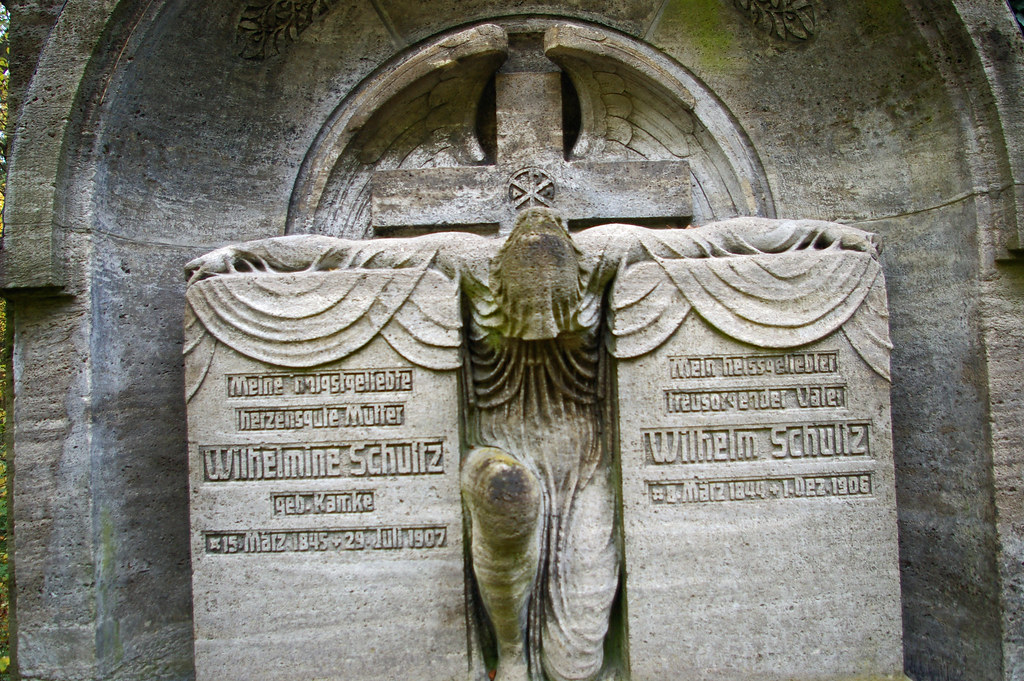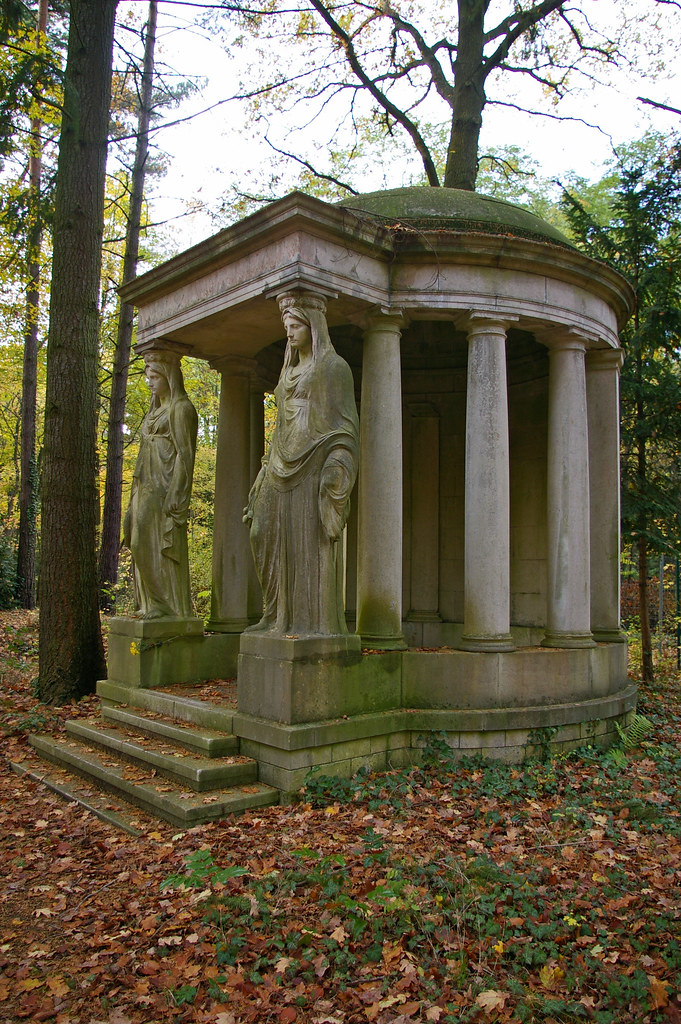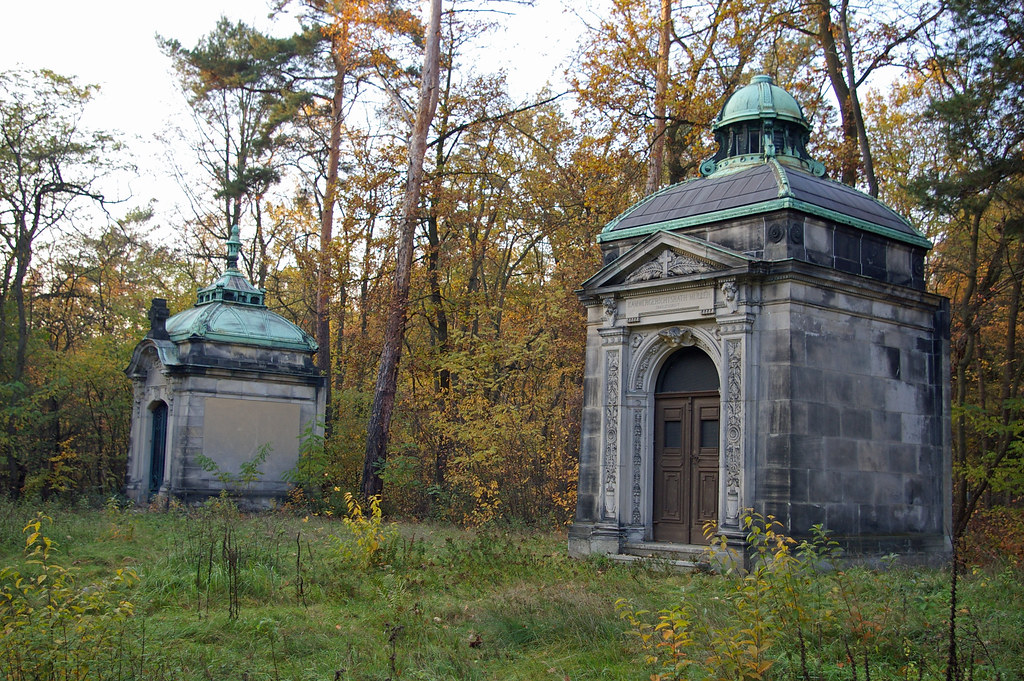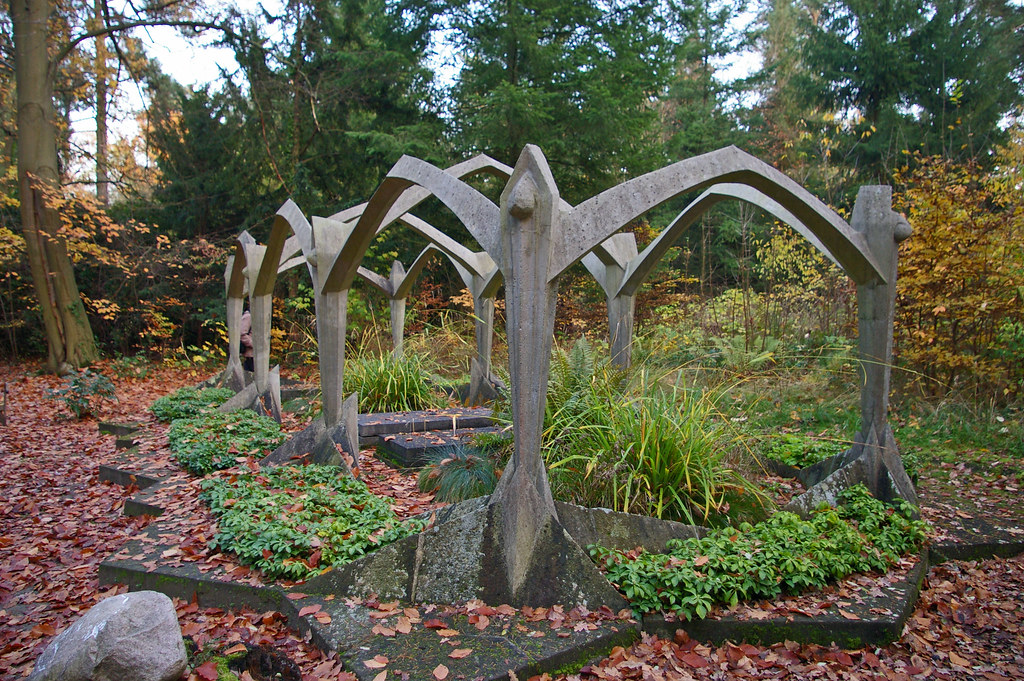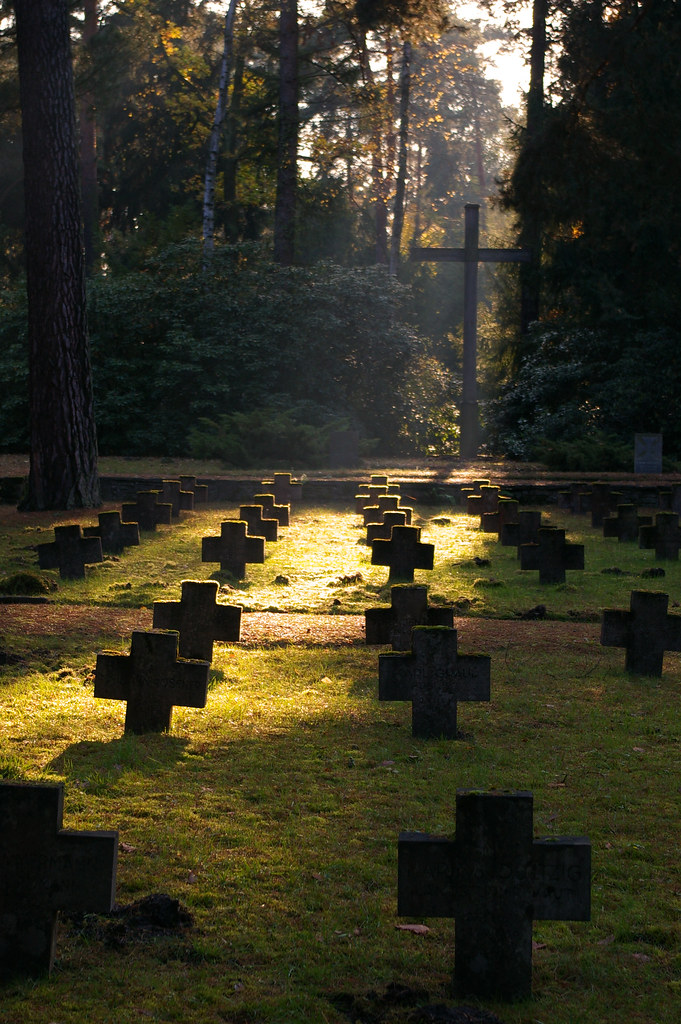
To say the least, Autumn is my favorite season – and since Cemeteries are one of my passions as well – sometimes Mother Nature blesses you with the perfect light, the perfect scenery, and a little bit of luck and inspiration. I hope you enjoy – and if you want to see more photos from the set (this place is going to take me weeks to go through- yeay) they’re here.
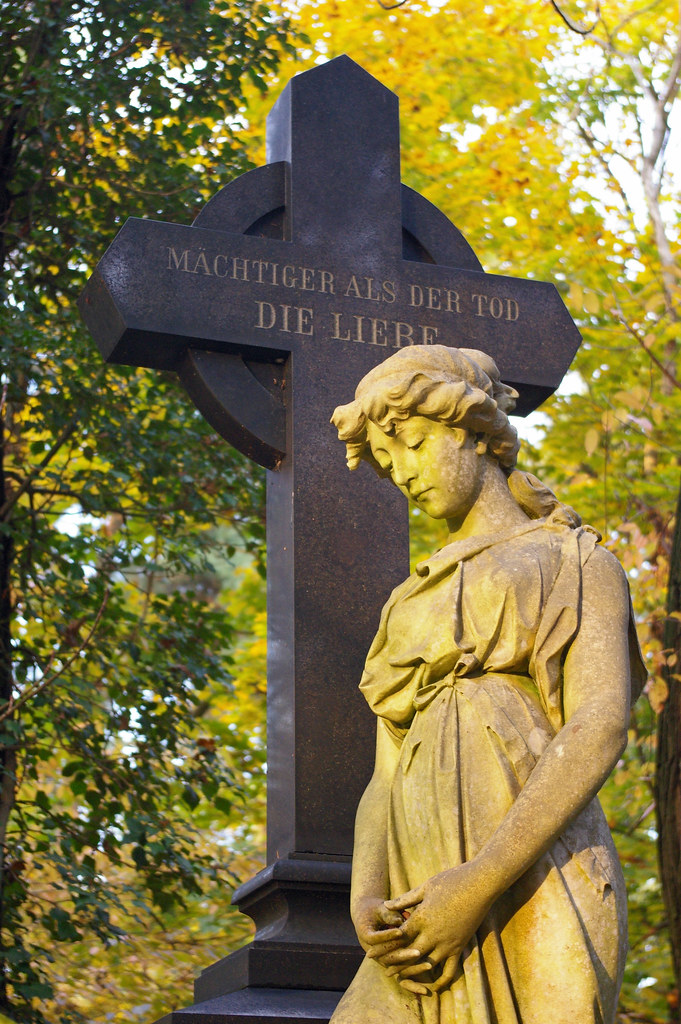
A bit of history –
On March 28, 1909 the South-Western Cemetery officially opened.
Given its size and the vast park/forest-like layout, the South-Western Cemetery developed into one of the largest and best known burial sites in Germany already a few decades later.
Several personalities found their final resting place here, such as, among others,
Heinrich Zille, Rudolf Breitscheid, Lovis Corinth, Edmund Rumpler, Louis Ullstein, and the Siemens family.
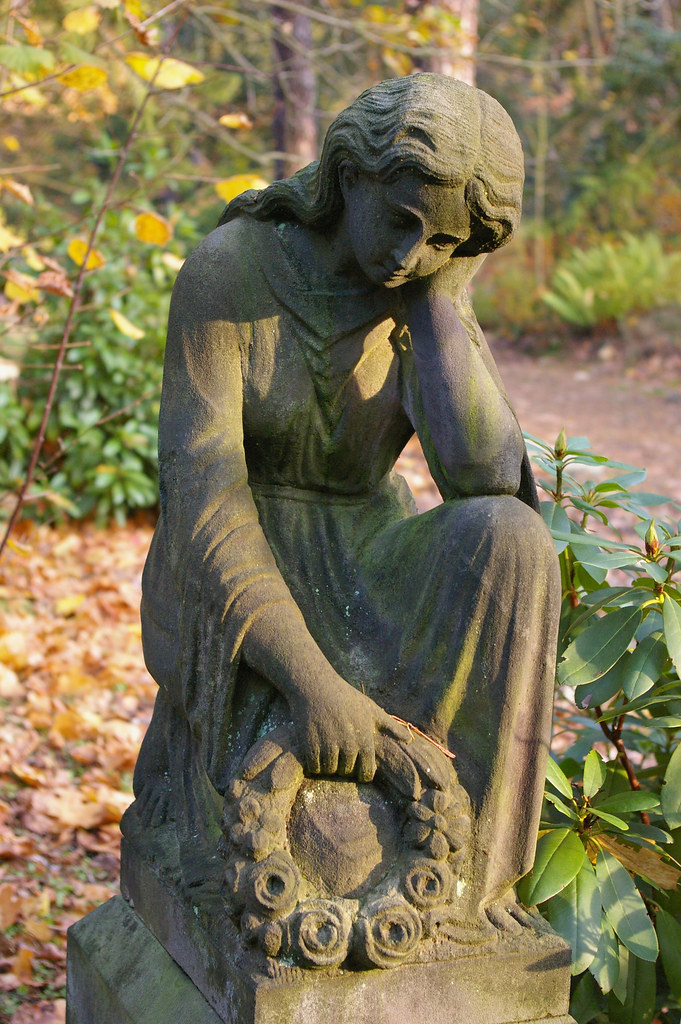
The overall impression is definitely influenced by the combination of garden
and cemetery art, architecture and sculptures.
Architects and artists such as Franz Seeck, Alfred Grenander, Max Taut, Hugo Lederer, Hermann Hosaeus and Emil Cauer worked here, to mention but a few.
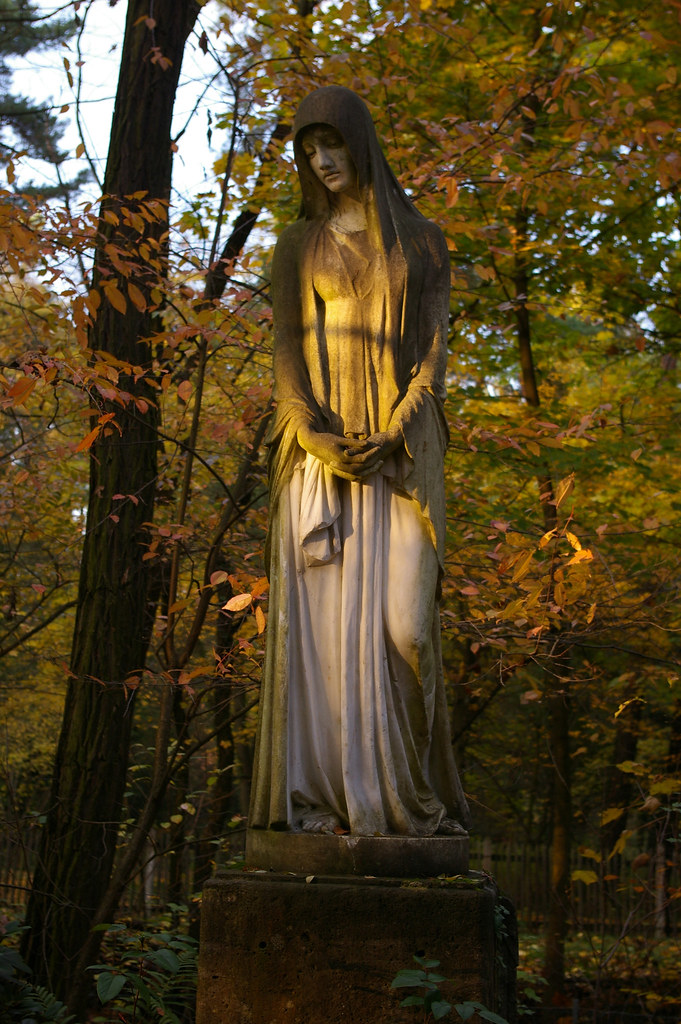
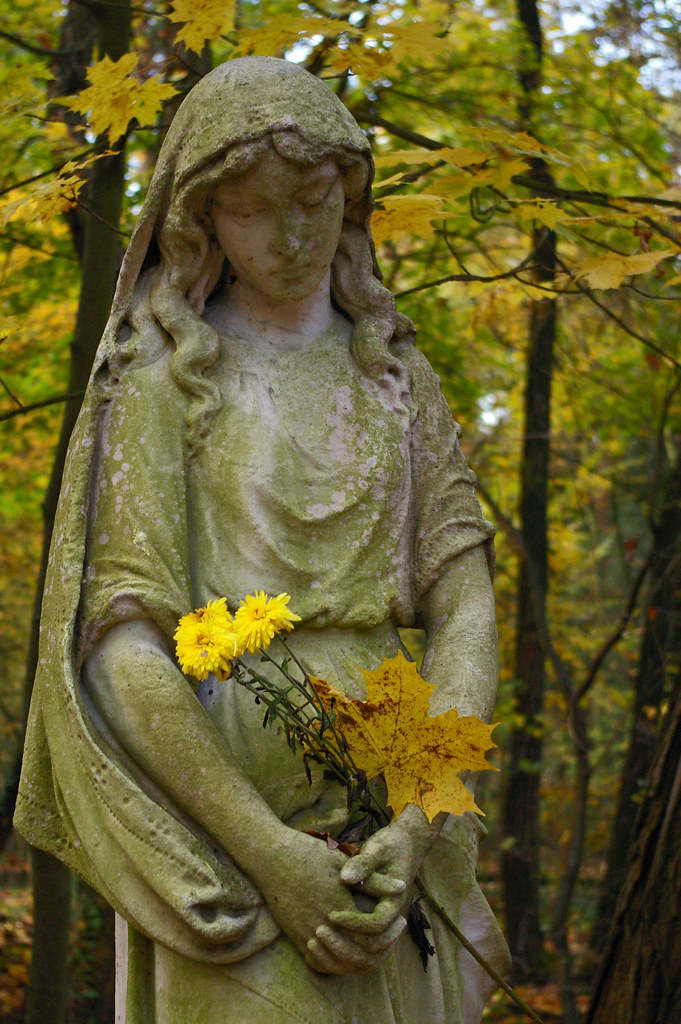
Apart from 19th and 20th century tombstone art, the wooden chapel in the style of the Norwegian Stave churches is the core of the Cemetery.
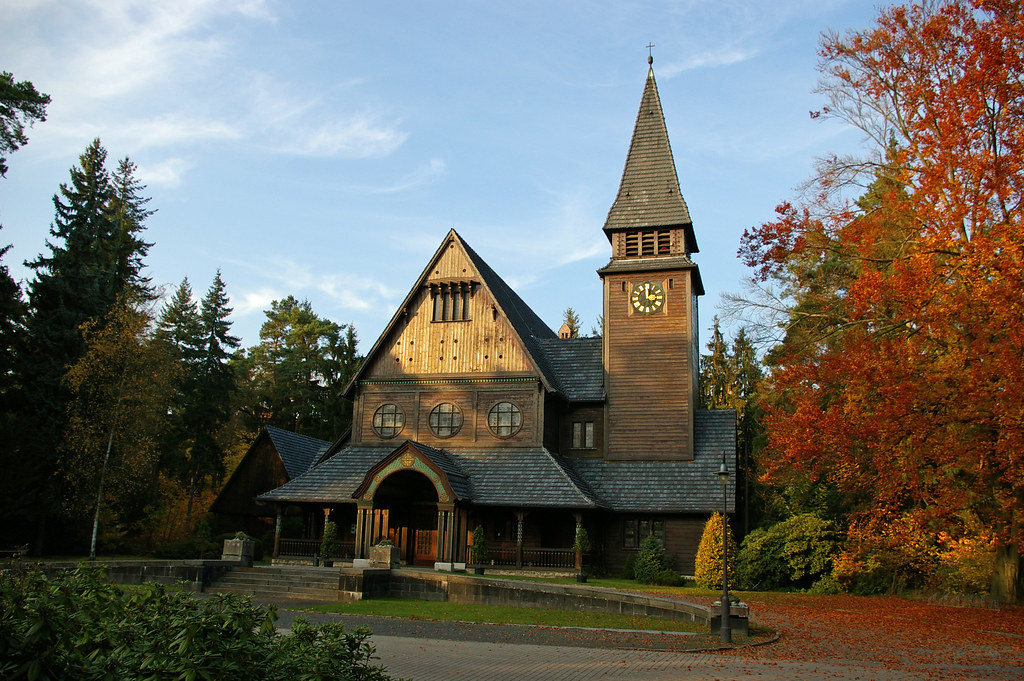
Gustav Werner, royal building surveyor, found his inspiration in Scandinavia and between 1908 and 1911 implemented the chapel building plans. The cemetery achieved thus fame and popularity as a cultural monument, far beyond the boundaries of Berlin.
For more information please see:
www.suedwestkirchhof.de/index_2.htm
